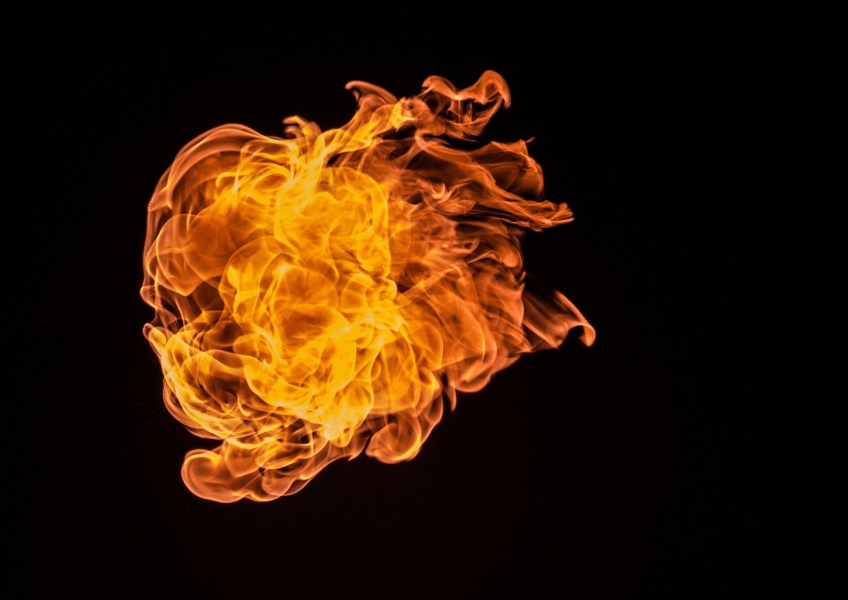What Culprits Are Behind Household Dryers Catching On Fire? (Plus Do’s and Don’ts For Dryer Fire Prevention)
Household dryers are great. They’re convenient, quick, and save you the trip to the local Laundromat or the time it takes to hang clothes outside. But, they aren’t great – like with everything else – when they catch on fire.
Chances are, you don’t think about fire safety when looking at your household dryer. That’s the problem. Household dryer-related accidents are surprisingly common, dangerous, and can create overall unpleasant situations.
Here’s what to look out for so your household dryer never ends up engulfed in flames.
So, How Common Are Household Dryer Fires?
According to the U.S. Fire Administration, 2,900 dryer fires are reported (keyword, reported) each year. From those reports, they cause an estimated 5 deaths, 100 injuries, and $35 million in property loss.
Particularly, the highest number of incidents occurred during the Fall and Winter months, with the rate spiking during January.
The Culprits Behind Household Dryer Fires
There are many culprits behind household dryer fires, but some are far more common than others.
Overall, the most common culprit behind household dryer fires is a failure to routinely clean (31%). That’s because the leading items to first ignite in dryers were reported to be dust, fiber, or lint – which builds up each time clothing is dried.
Note that lint traps and other devices to automatically remove dust, fiber, and lint are effective but not 100% foolproof. Cleaning should still be completed periodically.
So, what are the other culprits to first catch on fire in household dryers?
- Clothing caught on fire 26% of the time
- Linen caught on fire 5% of the time
- Appliance housing or casing caught on fire 10% of the time
- Poor electrical wiring or cable insulation caught on fire 6% of the time
- Unclassified goods that did not belong in the dryer caught on fire 10% of the time
Do’s and Don’ts For Dryer Fire Prevention
The last thing anybody would want is for their laundry room to suddenly catch on fire. So, let’s help you eliminate the fear of a sudden ignition. The key is to be proactive instead of letting the problems build up.
Let’s start with the dos of cleaning a dryer to prevent fires:
- Install a lint filter (it just makes for an easier time overall)
- Clean the lint filter before and after each load of laundry, and make sure that there is no excessive buildup
- Clean lint out of the vent pipe every three months
- If the dryer starts to take longer to dry clothes, something might be up. Have a professional inspect and clean the appliance
Now, here are general do’s of using a dryer to prevent fires:
- Read all instructions carefully – whether it’s the dryer itself or the clothing that you put into the machine
- Keep the area around the dryer free of items that can burn
- Replace coiled-wire foil or plastic venting with sturdy rigid, non-ribbed metal ducts
- Unplug or disconnect the dryer if you aren’t home for extended periods of time
- Regularly inspect venting system (both inside and outside) for problems
Onto the general don’ts of using a dryer that may lead to fires:
- Use a dryer without a lint filter
- Overload the dryer over ¾ max capacity
- Dry items that have come in contact with anything flammable (e.g. alcohol, cooking oil, gasoline)
- Dry anything containing foam, rubber, or plastic
- Dry anything that specifically says to “dry away from heat” or is not suitable to be dried in a dryer
- Leave a dryer running while away from home or overnight

